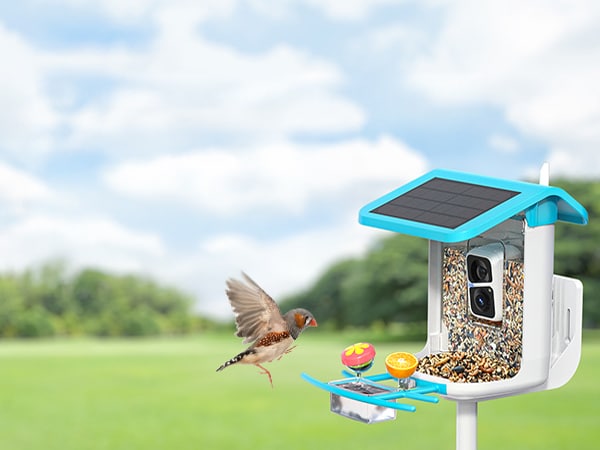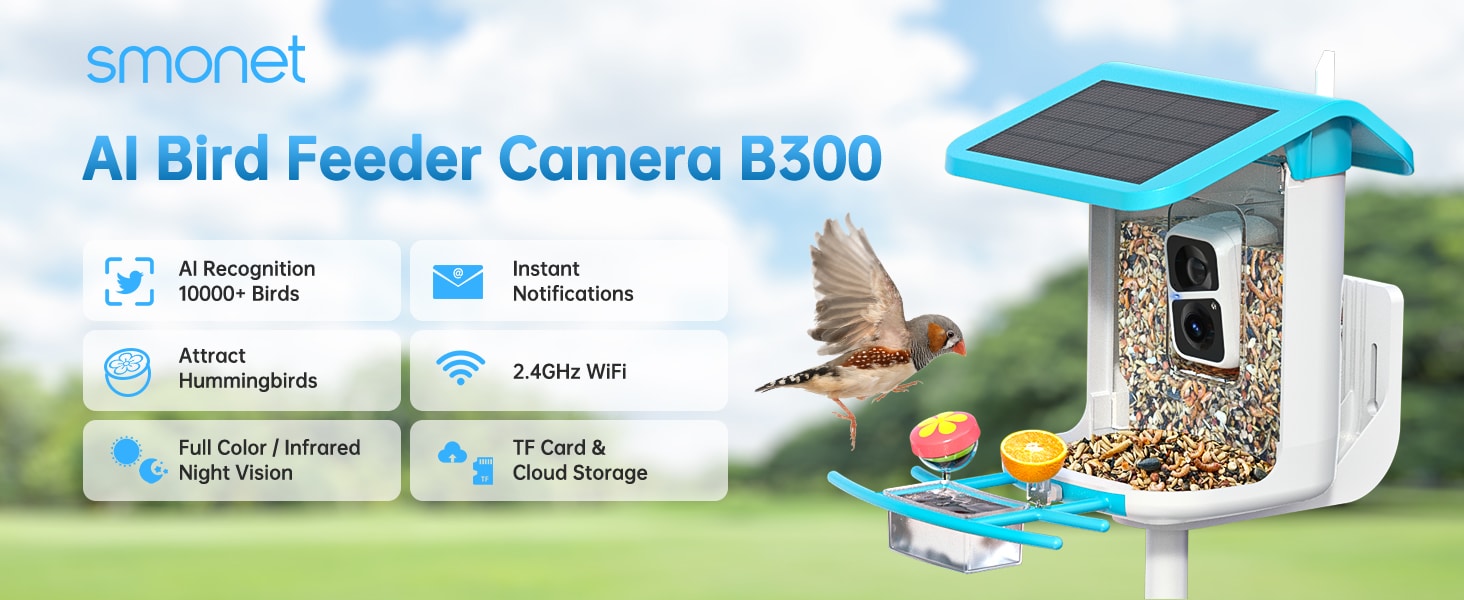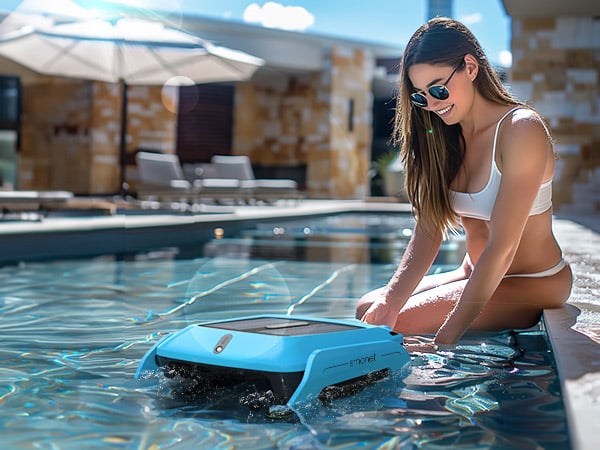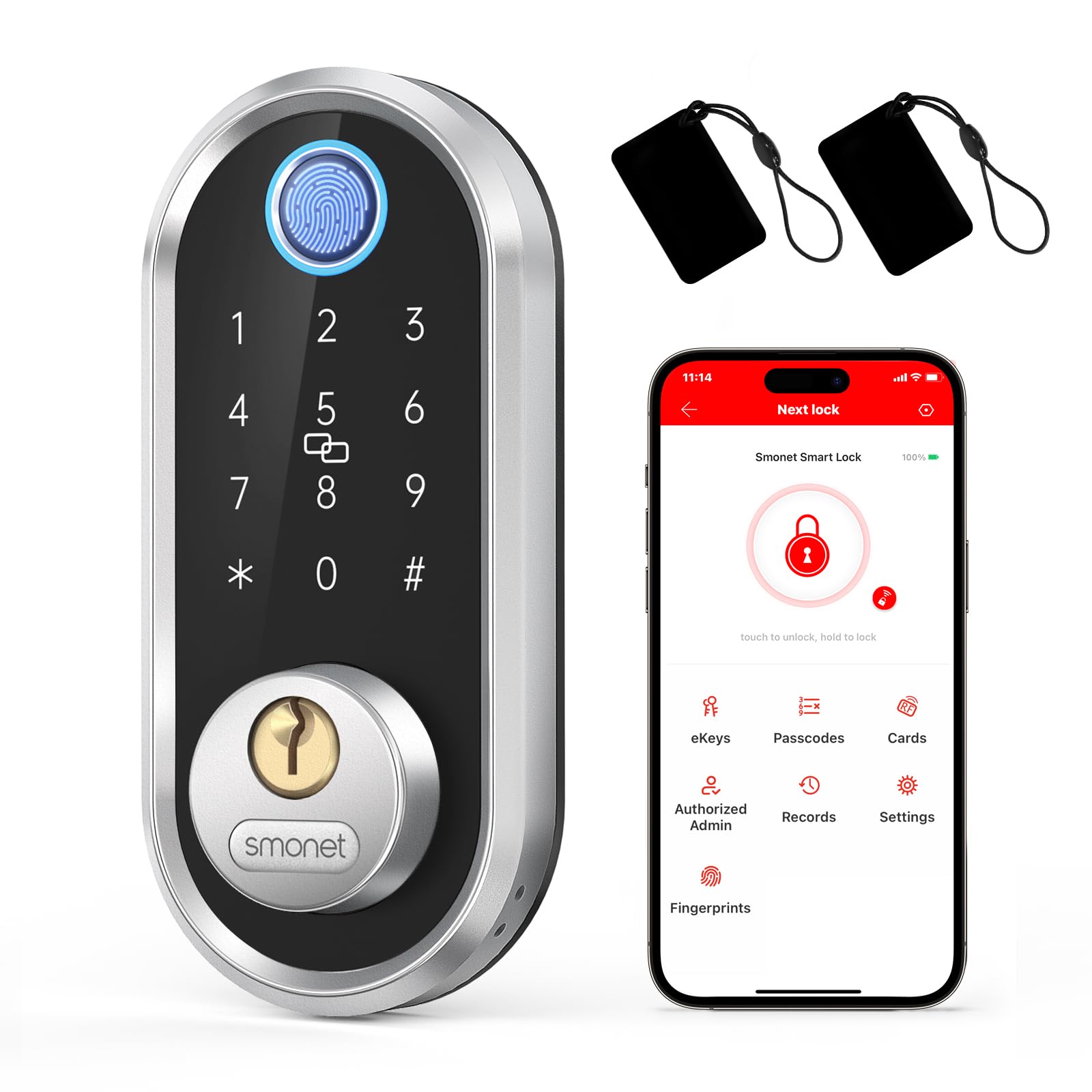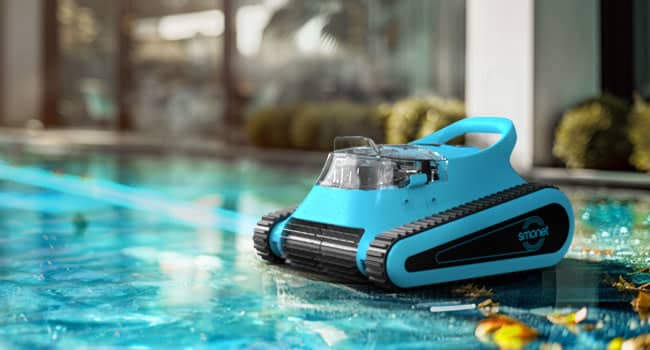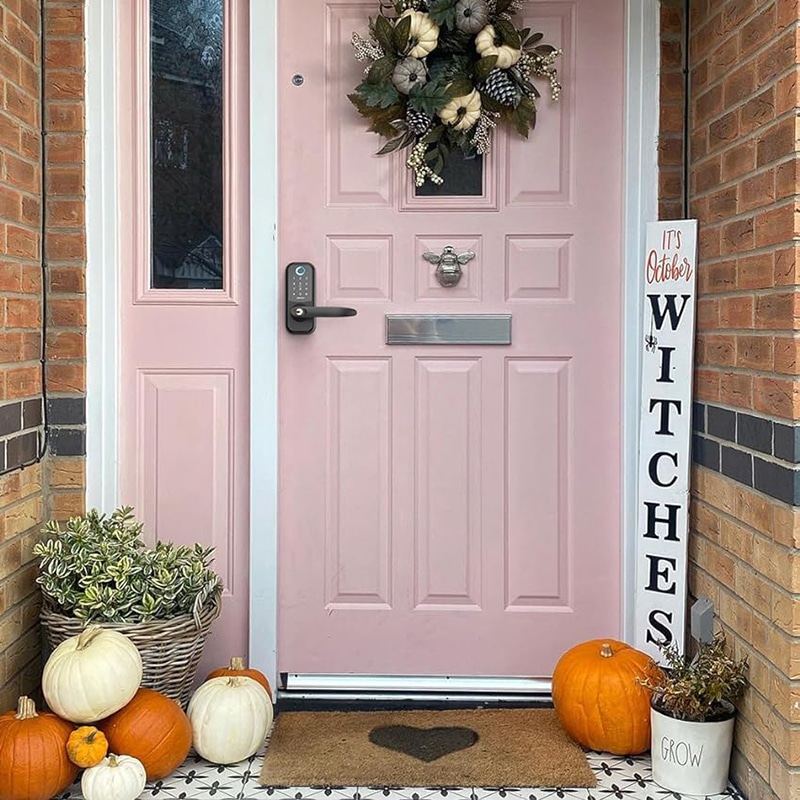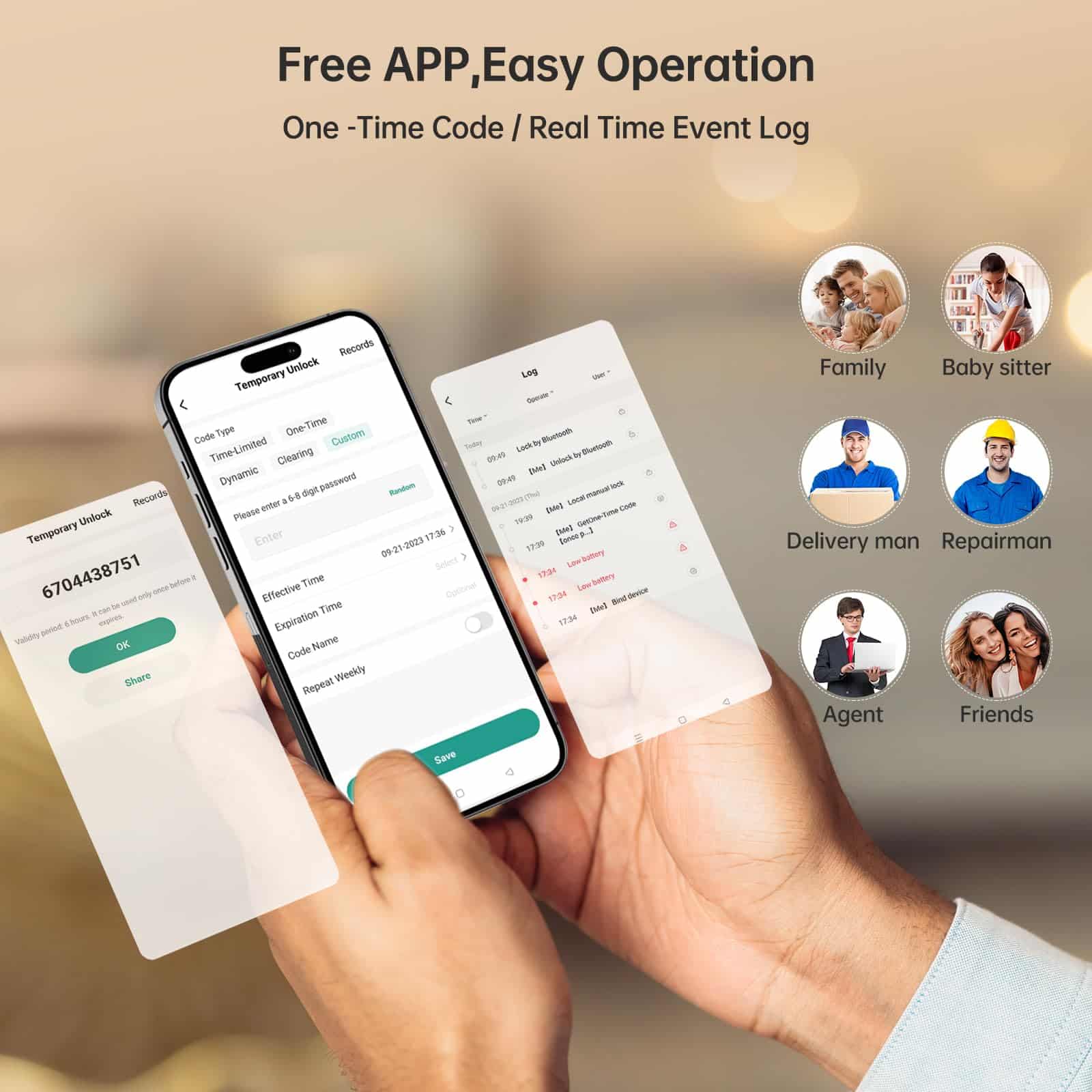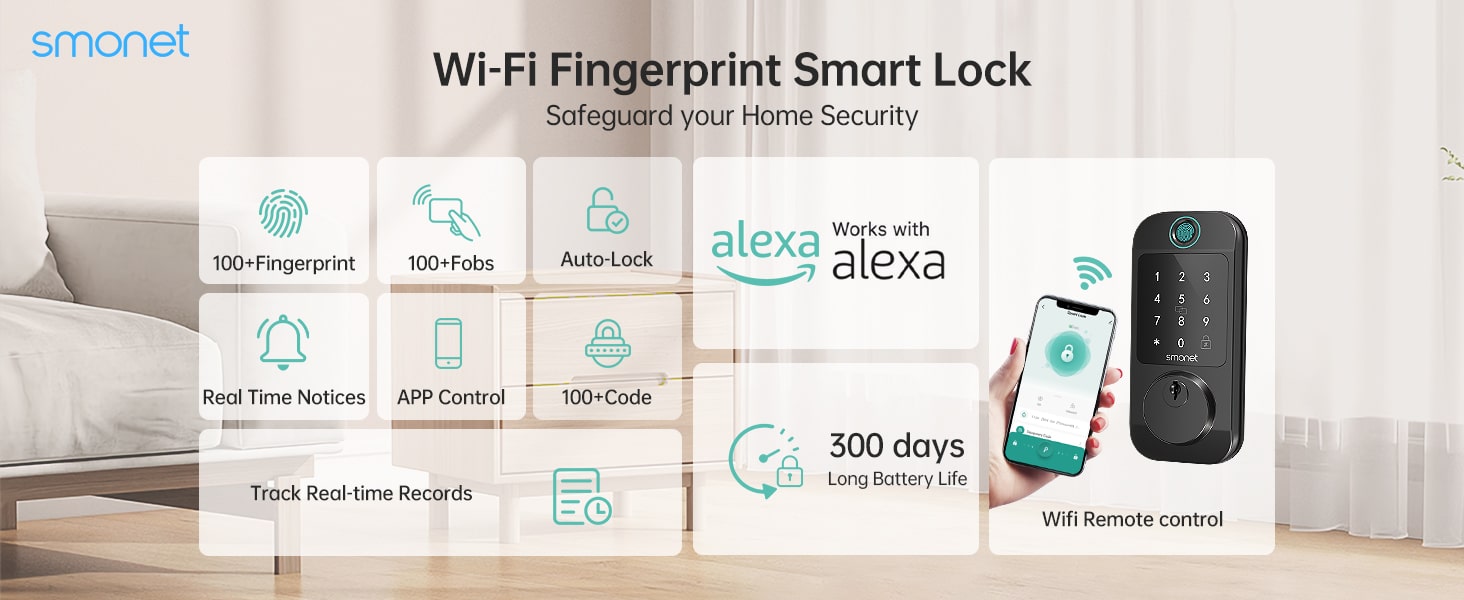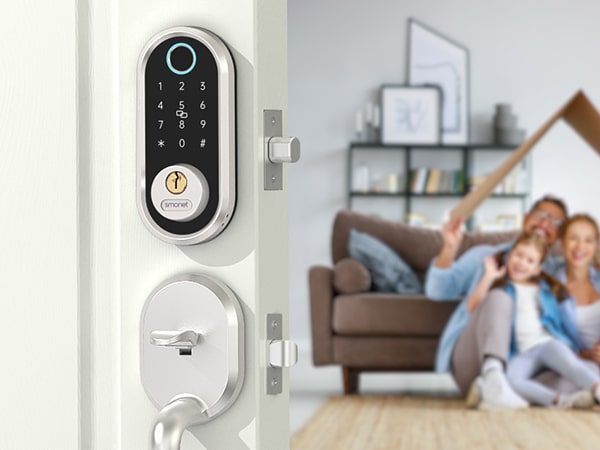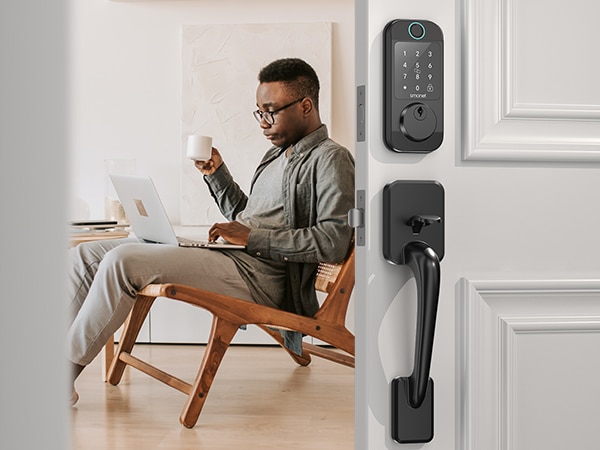How Do Birds Find Bird Feeders
Setting up bird feeders and waiting for your first visitor can feel a little like fishing—hopeful, but uncertain. One common question many backyard bird lovers have is: How do birds even find bird feeders in the first place? Is it scent? Sight? Word-of-beak? Let’s dive into how our feathered friends actually locate those little havens of seed and sugar water.
Table of Contents
Birds Rely Primarily on Vision
Birds don’t sniff out food the way mammals do. They find food, including feeders, mainly through sight. Birds have excellent vision, and some species can even see ultraviolet light. When a feeder reflects light or has brightly colored parts, it’s easier for birds to spot—especially for species like hummingbirds, which are naturally drawn to red or orange.
If you’re setting up humming bird feeders, adding a splash of red near the feeder can increase the chance of attracting attention. Red ribbons, flowers, or painted parts on the feeder itself can act like visual magnets.
Movement Catches Their Eye
Birds are extremely sensitive to motion. A feeder that sways in the wind or has birds already visiting it can quickly draw the attention of others flying nearby. That’s why placing your bird feeders for small birds in an open but visible location—like a tree edge or garden border—can help boost early visits.
In fact, bird activity is contagious. Once one bird finds your feeder and feels safe, others are likely to follow. They watch each other closely and learn fast where the best food sources are.
Word-of-Beak Is a Real Thing
While birds don’t text each other, they do communicate—especially flocking species like finches, sparrows, and chickadees. When one bird finds a steady, safe food supply, it often leads to others joining in. So, patience pays off. If you set up a best rated bird feeder and give it some time, one visit can turn into ten in a few days.
Location and Safety Matter
If a bird feels unsafe near your feeder, it won’t stick around—no matter how much food you offer. That’s why choosing a quiet, semi-sheltered area is key. Avoid placing feeders in wide-open yards with no cover or near loud machinery. Birds like to have an escape route or perch nearby to scan the area before feeding.
Also, don’t forget to clean your feeders regularly. A dirty feeder can harbor bacteria or mold, which may drive birds away. Fresh, clean feeders not only attract more birds but keep them coming back.
Familiarity With Human Habitats
Many bird species have adapted well to human environments. They recognize that houses, decks, and gardens often come with food. This is especially true for species like robins, finches, hummingbirds, and cardinals. Over time, they learn that bird feeders with camera or bright colors often mean free snacks.
So even though your feeder might seem new to you, to a bird flying overhead, it may already fit into a pattern they’ve seen before.
Make Your Yard More Bird-Friendly
To increase your chances of attracting birds, think beyond the feeder itself. Planting native flowers, shrubs, and trees offers shelter and natural food. Adding a birdbath or small water fountain makes your yard even more attractive. And the more inviting your space is overall, the faster birds will find your feeder.
Don’t Give Up Too Soon
Sometimes it takes days—or even weeks—for birds to discover a new feeder. Don’t be discouraged. Keep the feeder clean, stocked with fresh seed or nectar, and positioned in a safe, visible spot. Patience, in birdwatching, is everything.
A Smarter Way to Watch
Once your yard becomes a hot spot for birds, watching them becomes even more rewarding. If you’re interested in getting a closer look, bird feeders with camera let you observe birds up close without disturbing them. These smart feeders can even help identify species and capture beautiful video moments.
If you’re looking for a simple way to combine bird feeding and birdwatching, Smonet’s smart bird feeders—equipped with a solar-powered camera, AI bird recognition, and even two-way audio—are a great option. It offers the joy of birdwatching from your phone, making it easier than ever to enjoy nature without stepping outside.
Final Thoughts
Birds are always on the lookout for safe, reliable food sources—and with the right setup, your backyard can become just that. Remember, vision, movement, safety, and a welcoming environment are what matter most. Keep your feeder visible, your yard friendly, and your expectations patient.
Soon enough, you won’t be wondering how birds find feeders—you’ll be enjoying the view.
Prime Day OFF
Until the End
-
Master Of Cleanliness: Visual Guide To Recognizing And Understanding Your Electric Pool Cleaners
-
Making the Right Choice for A Best Keypad Door Lock: A Guide Based on Material Consideration
-
Door Knob With Fingerprint Identification- The Future Of Home Security
-
An Evaluation Of Safety Features In Electric Lawnmower Motor According To Consumer Reports
-
Selecting the Ideal Digital Door Lock Style and Color for Your Abode
-
How To Change Your Smonet Robot Pool Vaccum Effectively
-
The Efficient Smonet Pool Vacuum: A Comprehensive Review
-
Smonet Vs. Ego Transforming Lawn Care Through Innovation And User Convenience
-
Evolution Of Security- Smart Door Key Lock
-
Exclusive Features Of The Smonet Electric Lawnmower: A Comprehensive Review

